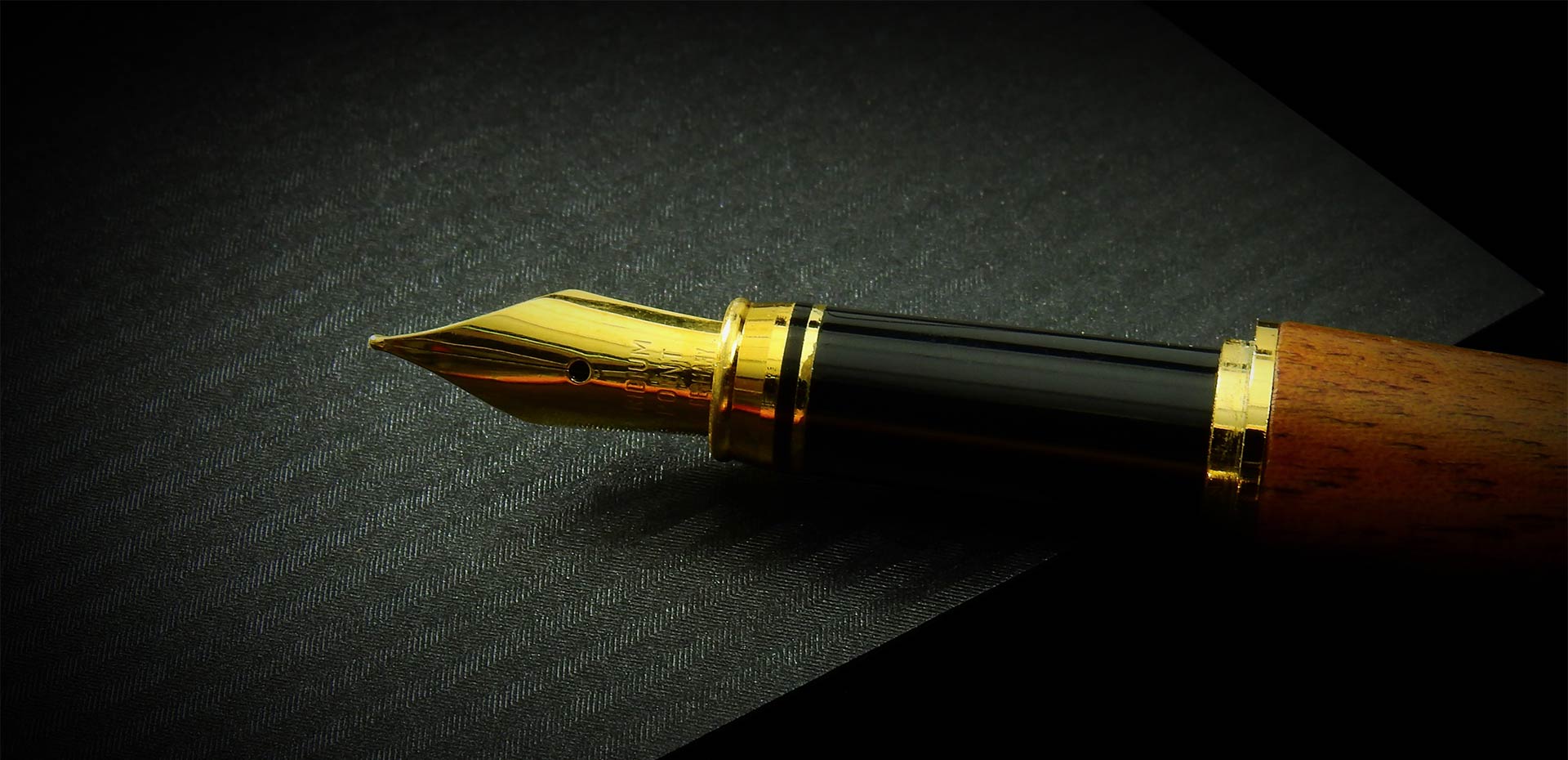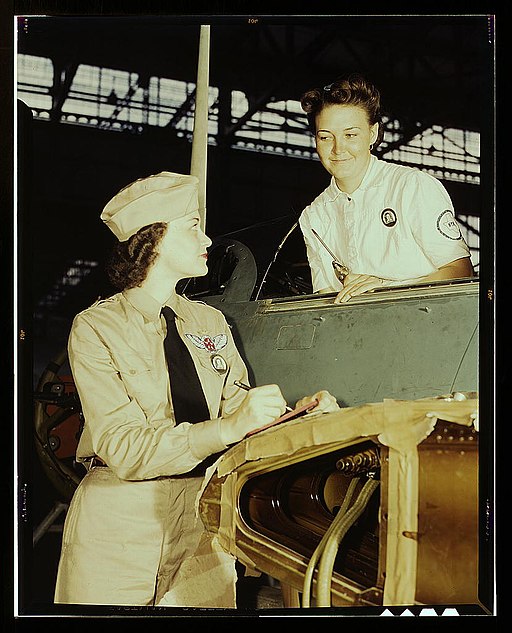As we close out the year, I can’t help but think about where we’ve been and where we’re going. Women have been fighting an up-hill battle in both military and civilian life for hundreds of years. But I feel optimistic as we head into 2023. This past year was a big one for women in the U.S. Armed Forces!
Let’s review just how far we’ve come. And although we still have hard work ahead of us, our sisters-in-arms have built a powerful foundation—one that I’m profoundly grateful for.
A Look Back at American Women in the Military
American Revolutionary War: 1775-1783
As nurses, cooks, and seamstresses, women worked for troops in camps. There are some records of women serving alongside their husbands, operating as spies, and disguising themselves as men on the front lines.
Civil War: 1861-1865
According to the United States Army’s official website, over 400 women disguised themselves as men to serve their country during the Civil War. Some also worked as spies and informants, passing information through unsuspecting British troops.
Spanish-American War (and beyond): 1898-1901
Battling through not just a war, but a typhoid fever epidemic, women were needed by the Army as trained nurses to help fight both battles. Congressional authority was granted in April 1898 giving women opportunities to perform as Army contract nurses—giving rise to establishing the Nurse Corps in 1901.
World War I (1917-1918)
More than 35,000 American women, varying in age from 21 to 69 years old, served in the military during World War I. Many served as nurses, but a growing number acted in an administrative capacity and as secretaries, telephone operators, and architects. And many stayed in the Armed Services after the war and into the early 1920s. Their efforts helped to push forward and finally pass the 19th Amendment.
World War II (1939-1945)
When World War II started to rear its ugly head, Massachusetts congresswoman Edith Nourse Rogers remembered the good work women performed in WWI and wanted better advocacy and recognition in the coming conflict. She was quoted as saying, “I was resolved that our women would not again serve with the Army without the same protection the men got.”
The result was the Women’s Army Corps (WAC)—one of the most important and impactful gender-based events in American history. Additionally, during WWII the Women Airforce Service Pilots (WASPs) were also established, giving flight to women’s role in military aviation.
140,000 US. women served in the Army and the WAC during WWII, helping to usher in new economic and social changes that altered the role of women not only in the military but in all aspects of American society.
The Transitional 1970s
What a decade: The Vietnam War, the abolition of the draft, a feminist revolution—each of these impacted women in the Armed Forces. The 1970s saw an uptick in opportunities for women in the Armed Forces, too, with the birth of the Army Reserves and the first women to enter the Army Reserve Officers Training Program (ROTC). This is the decade in which President Ford also signed an important law that allowed women to serve in all Armed Service Academies.
Battling through the 1980s and 1990s
A whopping 24,000 women answered the call to service during the Persian Gulf War—the largest number of women enlistees since WWII. The pivotal Desert Shield/Desert Storm operations utilized many women in the reserves, which impacted the conflict. Today, military leaders point to women and their efforts as helping to positively impact the mission.
American Women in the Military Today
Post-9/11 Era (2001 and beyond)
The 9/11 terrorist attacks were an inflection point for the U.S. military, and our country. And women’s involvement in the Armed Forces increased.
In 2013, the Defense Department’s ban on women’s participation in ground combat roles was lifted. Since that moment, women have been able to serve in the Artillery, Armor, Infantry, and any other combat roles. And two years later, women were fully integrated into the Armed Forces, with no exceptions.
Today, women in the U.S. Armed Forces work and fight around the world. And now, we focus on looking inward at how our Armed Forces are working with and treating women. And although we see a higher percentage today of women in the military, that’s still just 16 of the total force
The biggest change we can advocate to make is to fight for more women in leadership positions.
Marine Colonel Amy Ebitz recently shared with the Brookings Institute, “we’ve come a long way. But there is plenty of work yet to be done to encourage the participation of women in the military and to ensure their experiences and opportunities are equitable to those of the men who serve. If we put the work in, we will have a stronger military—and country—for it.”
I couldn’t agree with Amy more! Let’s band together in 2023 to forge together and enact positive change throughout the United States Armed Forces to advocate for stronger equality across the military branches.
Get in touch
As a fierce advocate for sexual assault survivors across the globe—both within and outside of the military—my goal is to raise awareness, increase advocacy, and help create positive change by telling our stories.
Please visit and read my blog archive and I invite you to contact me to share your own stories or ask questions. Don’t hesitate to reach out any time!


